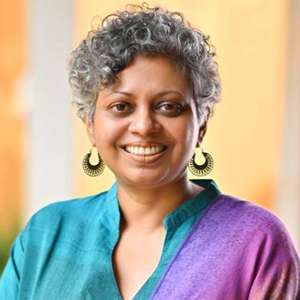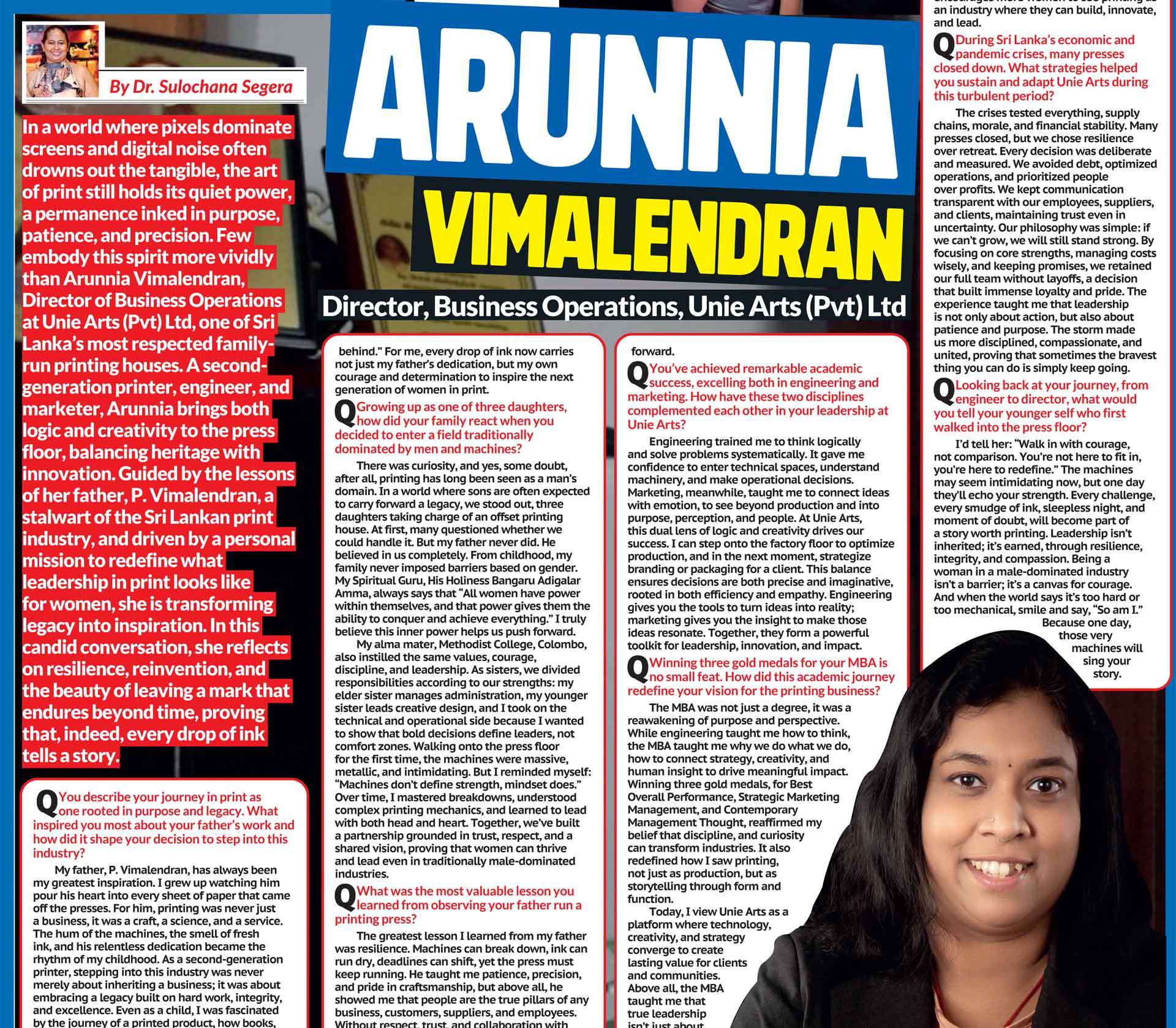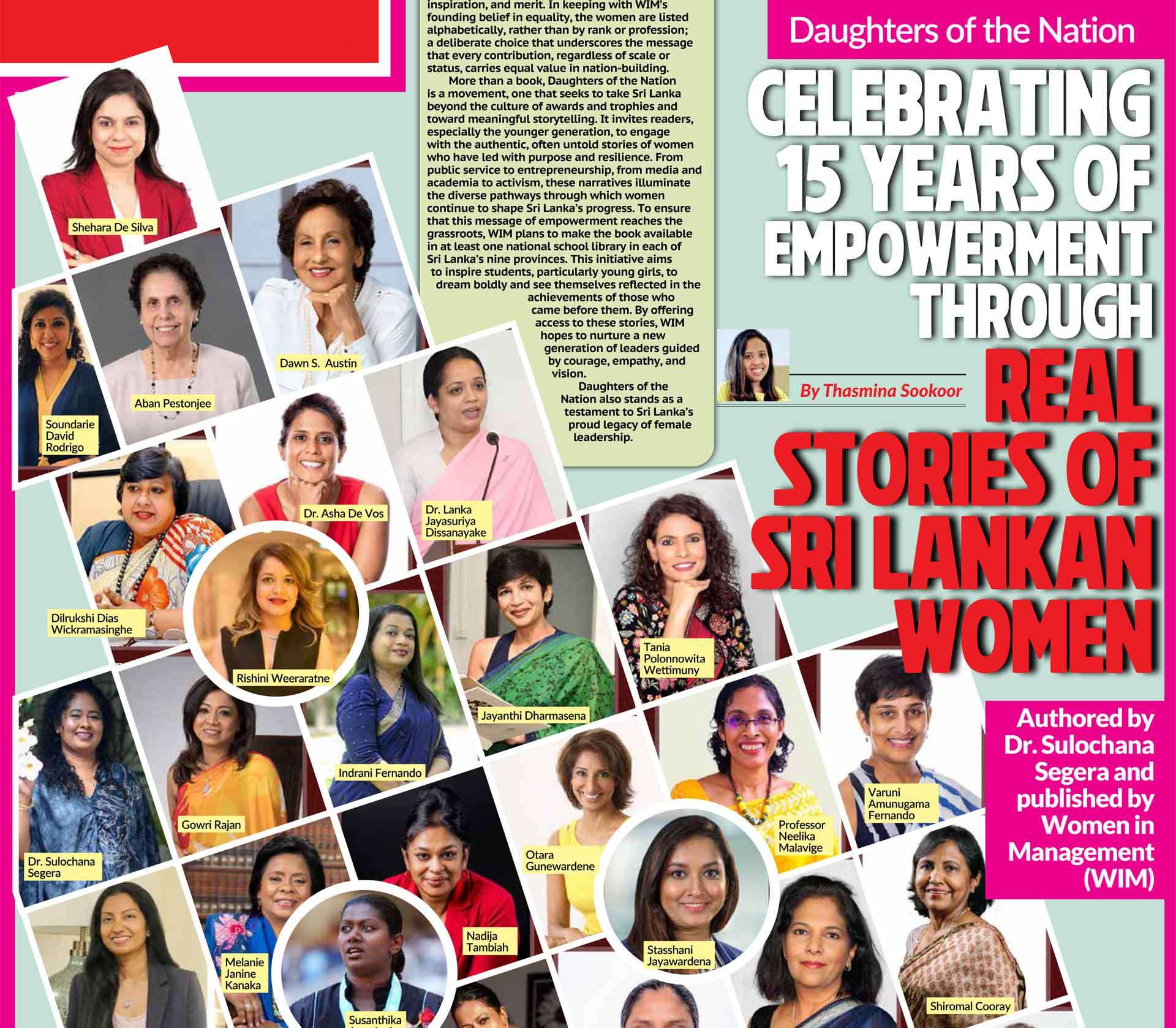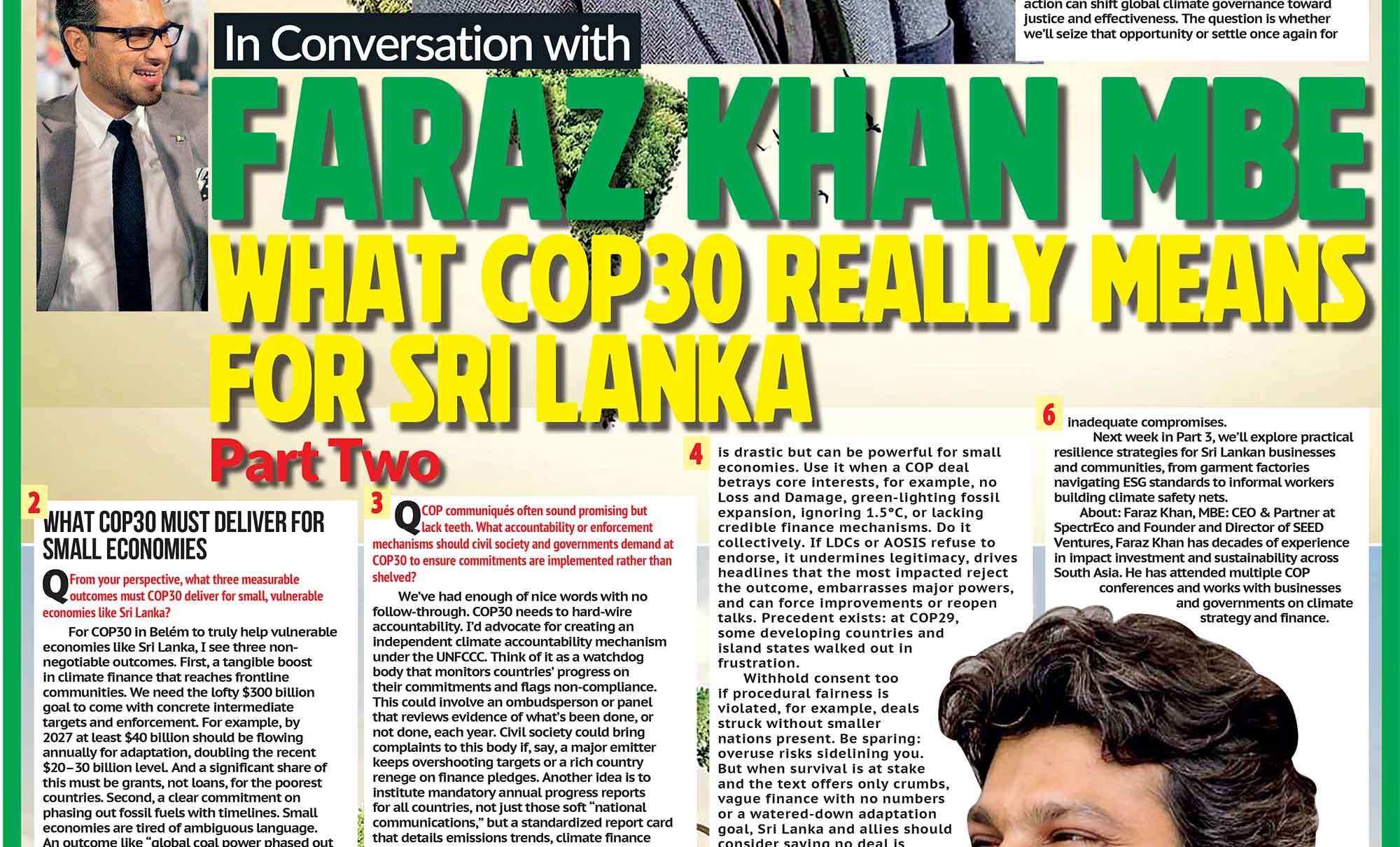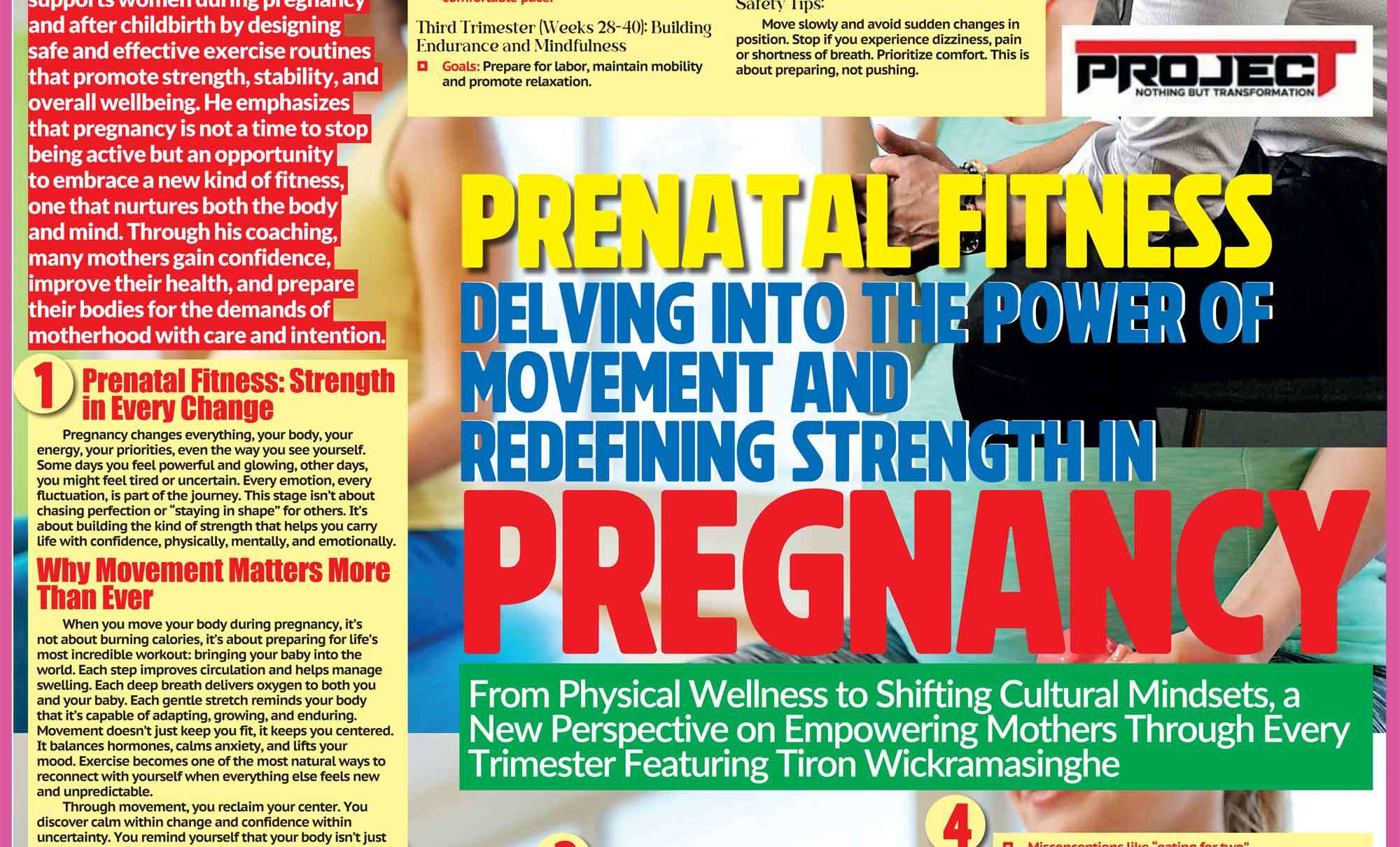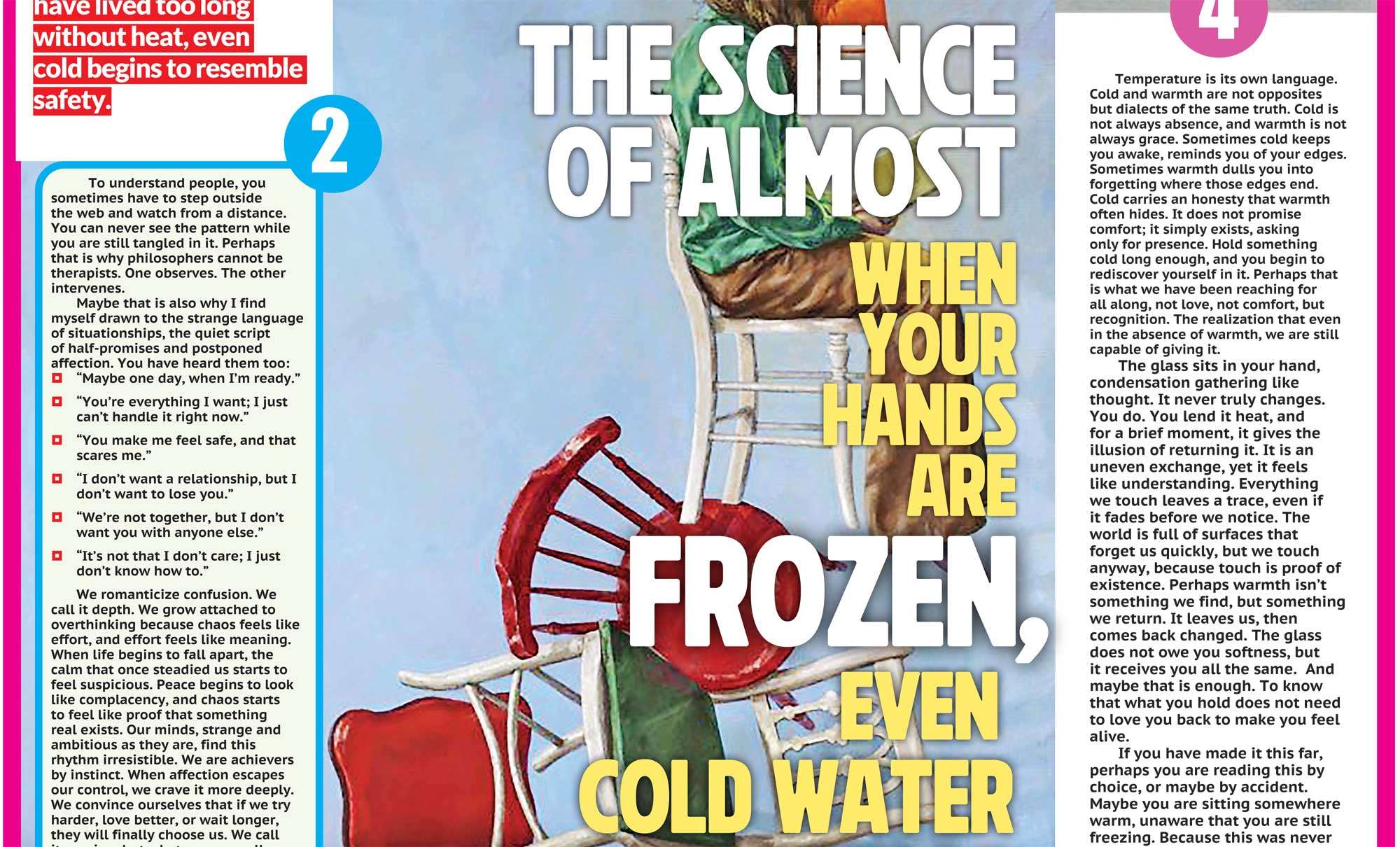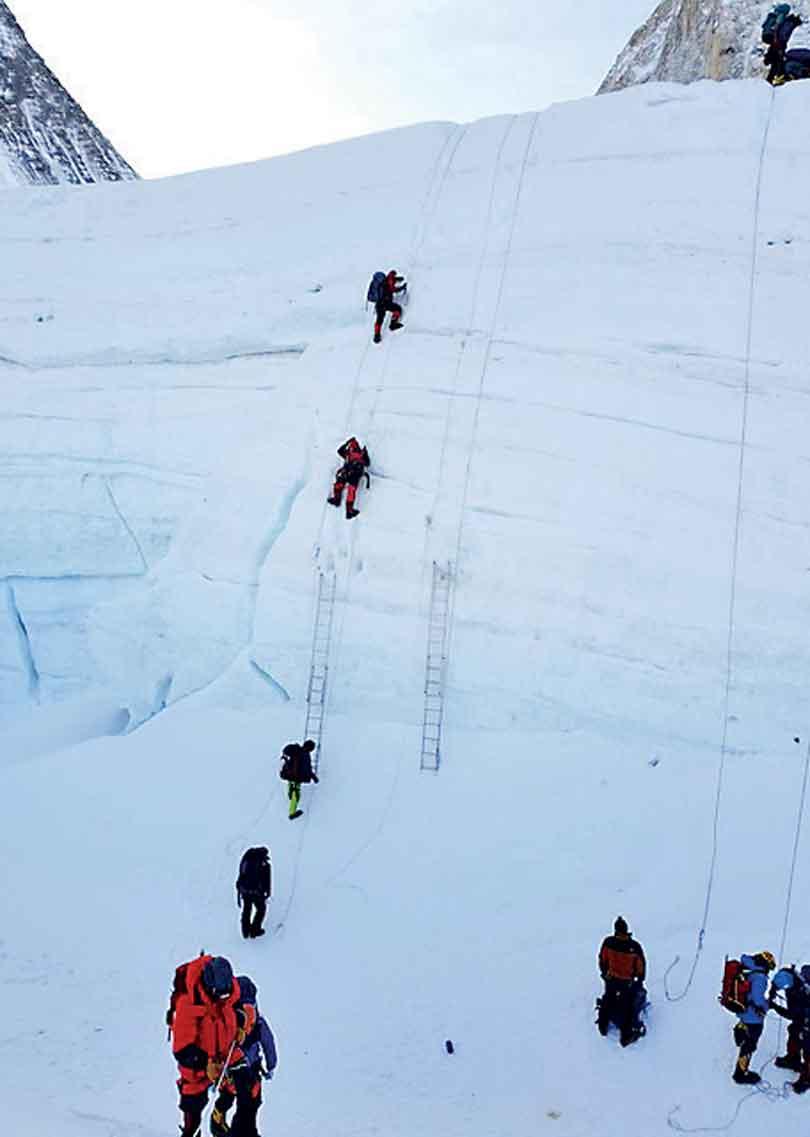
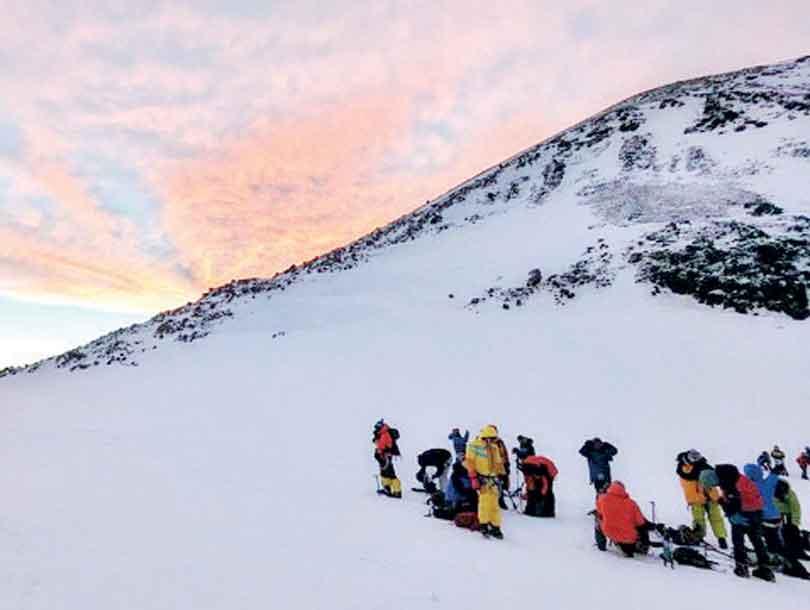
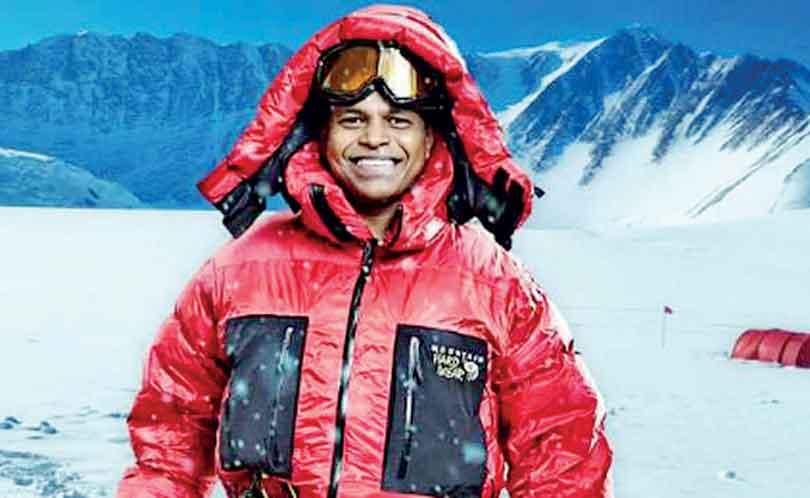
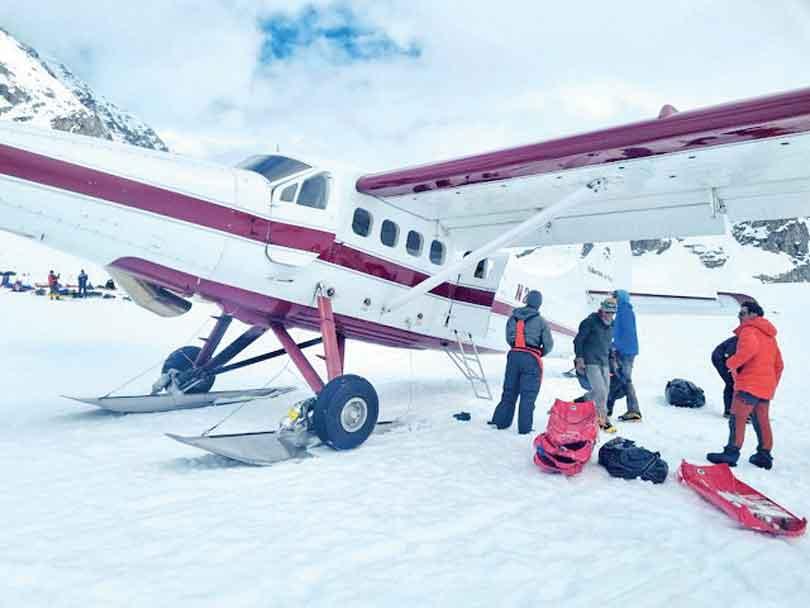
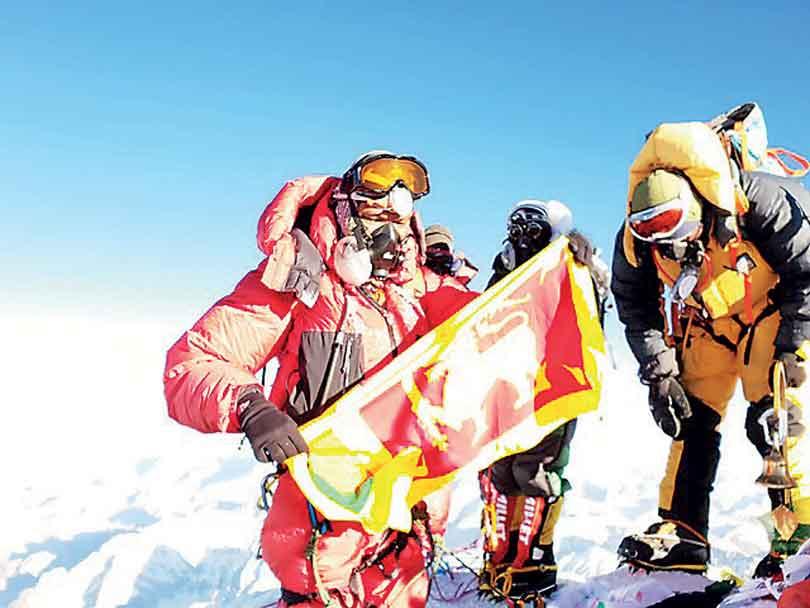
Johann Peiris has lived a life of extreme physical challenge. But the mountain he has really been climbing is within
“The summit is not the end. The real achievement is who you become on the way there.”
Johann Peiris
It is common practice for us to tell children to aim high. We celebrate ambition, reward achievement, and praise those who reach the top. But we rarely ask what happens when the climb gets hard - when the path is unclear, the goal slips away, or the mind begins to falter. We speak of resilience as if it is a natural skill in-built in everyone, forgetting that it is only in the face of adversity that resilience may be developed. We pray for strength as if it is a gift that can be granted to us at will by a higher power, forgetting that in order to be strong we need to be put in situations that test our spirit. But let us be honest. Do we allow our children to navigate challenging situations in which resilience and determination may be developed? Or do we build even more towers to keep them protected from adversity? So that when young people hit real obstacles in life (as we all inevitably do!), they are left to figure it out alone.
Changing the Narrative.
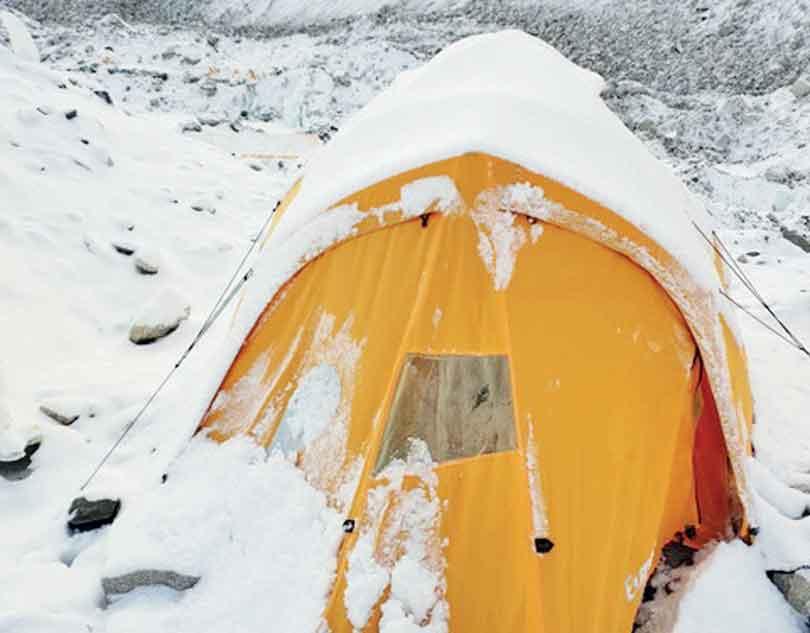
What if we started telling different stories? What if success was not defined by one’s grades, but rather by the strength it takes to get back up after being knocked down? Mountaineer Johann Peries knows something about that. He has stood at the edge of survival, both physically and mentally, more times than most. And yet, what he brings back from those experiences is neither arrogance nor bravado; it is perspective. Not every student will climb Everest. But every student has a mountain to face. And if we truly want to prepare them for life, we should stop lecturing from the bottom and start listening to those who have made the climb (and lived to tell the tale!).
Johann’s journey did not begin in the Himalayas. It started in the Knuckles Mountain Range of Sri Lanka, where his father would take him climbing, fishing, and hunting, exploring the outdoors not for trophies, but for the love of challenge and discovery. In today’s era of glamping, such exposure to discomfort, curiosity, and physical effort, is rare. Far too many children are shielded from struggle, taught (subconsciously) to fear failure when it should be viewed as a teacher. And so, when they eventually encounter adversity, they panic. They shut down. They give up.
Not Johann. Not when he was hallucinating from dehydration on Island Peak (Imja Tse) in Nepal. Not when a storm stretched a 7-day climb in Antarctica to 24 days. Not when he missed the Everest summit by 400 metres in 2016. And certainly not when he saw a dead climber’s body fall past him on the mountain, a chilling reminder of what was at stake. Like any mortal man, he broke down, he cried, he thought of giving up. Each time, he could have stopped. And each time, he chose to look inward, find an inner strength, and keep going. And therein lies the tale of the real summit that was reached – that of the indomitableness of the human spirit!
The 400 Metre Lesson.
Johann’s first Everest attempt in 2016 is the kind of story our exam-driven culture does not know what to do with. At The Balcony on Everest (approximately 27,600 feet from the ground), he was mistakenly given an oxygen cylinder that was already half empty. He was a mere 400 metres from the summit when he realised that the remaining oxygen in the cylinder would get him to the top, but not back down. The human part of him wanted to keep going, and he did indeed make a start towards it, despite his sherpa’s pleas to the contrary. However, reason took over, and Johann stopped, meditated, and decided to choose life.
And so, he turned back. No medals. No headlines. But the most important decision of his life. A life lesson that no textbook in the world can teach you. In comparison, what do we teach students about failure? That it is embarrassing? That it means you did not try hard enough? Johann’s decision to stop was not weakness. It was wisdom. Admitting (especially in front of peers!) that you need to regroup is seen as falling behind. But growth sometimes means walking away, so that you can return stronger.
A View from the Top.
On 22 May 2018, Johann became the first Sri Lankan man to summit Mount Everest, a day which, in an amazing coincidence, happened to be the clearest day on the summit in 15 years. Johann stood above the cloud line, looking down on the Earth, seeing the curvature of the horizon and wondering at the beauty of our planet in awe and humility, in a hushed moment of surrealness.
Johann does not believe it is possible “to conquer” a mountain, that word, for him, has no place in the vocabulary of a climber. It is rather for the mountain to permit you to summit it, if you are ready. And even then, it can turn on you without warning. Every peak has taught him something different. Every failure has made him more prepared. He has summited six of the world’s seven continental high points, with only North America’s Mount Denali left. Interestingly, Johann has been up Mount Denali previously but not made it to the top due to bad weather. He speaks of his next attempt (this June) minus ego as another test of character.
And this is what is missing from our classrooms. We focus so much on performance and the final grade that we forget about character-building and to ask what the process is doing to the student. Are they learning resilience? Adaptability? Tolerance? Are they able to face a personal setback and still move forward? Because that is the real climb.
Redefining Strength.
Johann has nearly died more than once. He has survived storms, near-freezing conditions, and dehydration-induced internal bleeding on mountains, and even the 2005 Mumbai floods, where he clung to a bridge all night to avoid drowning. He says he is not afraid of death. What he fears more is not living with purpose.
In a world that encourages shortcuts, his story is a reminder that some lessons cannot be rushed. There is no hack for inner strength. It is forged slowly - through pain, reflection, and discipline. And this is what young people need more than ever. Not motivational posters or shallow slogans, but real stories about what it means to fight for something, to fail, and to rise with more clarity than before.
A Final Perspective.
Johann Peiris has lived a life of extreme physical challenge. But the mountain he has really been climbing is within. He has learned that perspective changes everything. That pain can be a teacher. That survival can bring wisdom. And that elation is not found at the summit, rather happiness and satisfaction lie in knowing you have earned the right to stand at the peak.
Students do not need to climb Everest to learn these life lessons. But they do need to be given the space to try, to fail, and to reflect. They need mentors who speak honestly about struggle. They need systems that honour resilience and not just results. Because, in the end, the most important lessons which last a lifetime are not learnt in a textbook. Rather, they come from knowing what to do when you find yourself 400 metres from the top, and the air is thin, and the dream is slipping away. That is where real education begins.

